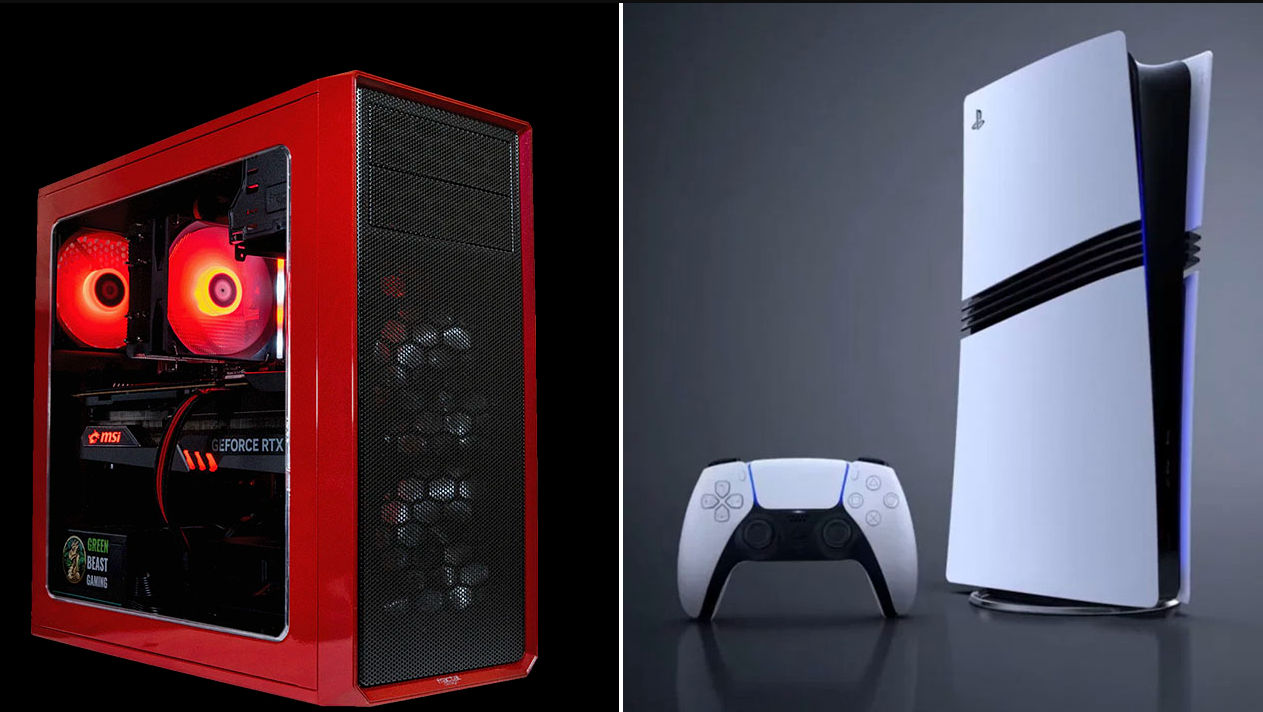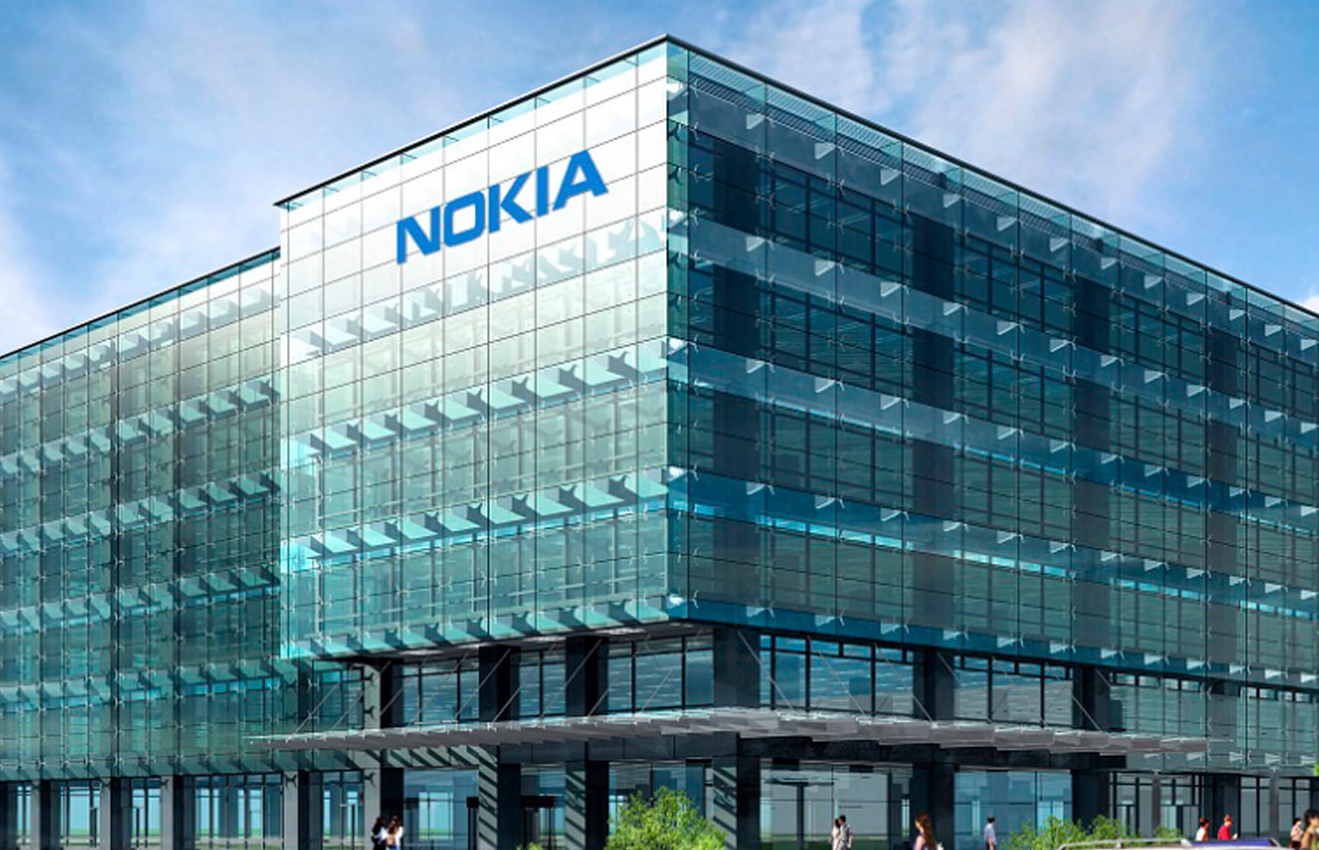In today’s world, where our lives are closely connected to electronics, it is important to ensure reliable protection of equipment against voltage fluctuations. Unforeseen power surges can cause valuable equipment to break down and data to be lost. In this article, we will look at how to protect your equipment and keep it safe from unwanted consequences.
Uninterruptible Power Supplies (UPS)
What is a UPS?
Uninterruptible Power Supplies (UPS) are devices that provide uninterrupted power to connected equipment in the event of a power outage or mains problems. They prevent data loss and damage to equipment by providing temporary power from an inbuilt battery in the event of a power failure.
What are UPSs for?
Power Failure Protection: Protects against loss of unsaved data during sudden power outages.
Over-voltage protection: Smooth out voltage spikes and drops, protecting sensitive equipment.
Maintaining uptime: Allows operation to continue during short-term power outages.
Line Noise Filtering: Improve power quality by eliminating interference and line noise.
What are the different types of UPSs?
Offline/standby UPSs: The simplest and most affordable. Switch to battery when problems are detected in the mains supply.
Line-interactive UPSs: Offer improved protection by regulating low and high voltages without the use of a battery.
Online/Double conversion UPS: Provide the best protection by continuously supplying power from a mains rechargeable battery. Effective for frequent voltage fluctuations.
Choosing a UPS: What to look out for?
- Capacity: Determine the total power of the equipment to be connected to select a UPS with the appropriate capacity.
- Battery life: Estimate how long you need to keep the equipment running on battery power.
- Quality and reliability: Choose trusted brands with good reviews and guarantees.
- Additional features: Availability of overload protection, status indicators, possibility of control via computer, etc.
Examples of UPS applications
- For home PCs and office equipment: Protects against data loss and damage from power surges.
- For servers and network equipment: Ensure the continuity of critical systems and services.
- For medical equipment: Maintaining the operation of critical devices in medical facilities.
Service and Maintenance
Regular battery testing, status checks and software updates (if applicable) will help to ensure long-term, reliable operation of the UPS. It is also important to monitor the condition of external connections and wiring to ensure system safety and efficiency.
A UPS is not just an add-on device, but an essential element of the infrastructure of any location where important electronics are used. Choosing and using the right UPS significantly increases the safety and reliability of your equipment.
Mains Filters
What are Network Filters?
Mains filters are devices designed to protect electronic equipment from voltage fluctuations, impulse interference and noise in the mains supply. They are connected between the electrical outlet and your equipment, providing an additional level of protection.
What are Network Filters for?
Over-voltage protection: Prevent damage to equipment caused by sudden power surges.
Electromagnetic interference filtering: Improve power quality by eliminating interference that can affect the operation of appliances.
Overload prevention: Some models are equipped with an overload protection function, preventing damage to the devices if the current exceeds the permissible current.
What are the different types of Network Filters?
Simple surge protectors: Provide basic protection against interference and small voltage fluctuations.
Line filters with surge protection: Have additional circuitry to protect against short-term surge interference caused, for example, by lightning.
Voltage regulator surge protectors: Regulate the output voltage to provide stable power for connected equipment.
Intelligent or smart filters: Equipped with additional functions such as status indication, remote control and monitoring via applications.
Choosing a Mains Filter: What to Consider?
- Number and type of outlets: Make sure the filter has enough outlets of the right type for your devices.
- Maximum load and power: Select a filter that can handle the total power of the appliances to be connected.
- Protection Level: Assess what level of protection your equipment needs.
- Additional features: Availability of status indicators, overload protection, possibility to connect internet cable or telephone line.
Examples of using Network Filters
- For computers and office equipment: Protection against voltage fluctuations and interference for stable operation.
- For audio and video equipment: Eliminates background noise and interference to improve sound and image quality.
- For household appliances: Protection against sudden power surges, especially important for surge-sensitive appliances.
Maintenance and Care of Mains Filters
Regularly check the condition of the filter and the connected cables. Pay attention to the status indicators (if any) and replace the unit at the first sign of trouble. Avoid overloading the filter by connecting the equipment within its maximum capacity.
Mains filters are an inexpensive and effective solution for protecting electronics from many common power problems, and their use is recommended in both home and office environments.
Voltage stabilisers for large appliances
What are Voltage Stabilisers?
Voltage stabilisers are devices designed to maintain a stable voltage level in the power grid, regardless of its fluctuations. They are especially important for protecting large and sensitive equipment from voltage fluctuations that can cause damage or failure.
What are Voltage Stabilisers for?
Over-voltage protection: Prevent equipment damage caused by low or high mains voltage.
Maintaining stable operation: Ensure continuous and stable operation of large appliances such as refrigerators, air conditioners, medical equipment.
Increased device life: Help extend the life of equipment by protecting it from the negative effects of unstable voltage.
What are the different types of Voltage Stabilisers?
Relay stabilisers: Use electromechanical relays to adjust the voltage. Suitable for equipment with low sensitivity to power quality.
Servo-driven stabilisers: Have a motor that rotates a transformer to correct the voltage. Offer high stabilisation accuracy.
Thyristor based stabilisers: Use thyristors for fast and accurate voltage correction. Ideal for sensitive and high precision equipment.
Inverter stabilisers: Provide high stabilisation accuracy and efficiency, suitable for equipment with high power quality requirements.
Choosing a Voltage Stabiliser: What to look out for?
- Power: Select a stabiliser that matches the total power of the equipment to be connected.
- Input voltage range: Make sure that the stabiliser is capable of operating over the voltage range of your mains supply.
- Stabilisation accuracy: Important for equipment sensitive to voltage fluctuations.
- Speed of response: Particularly important for equipment that cannot tolerate even short-term power surges.
- Additional features: Availability of short circuit protection, overload protection, status indicators, etc.
Examples of Voltage Stabilisers
- In household appliances: Protection of refrigerators, washing machines and air conditioners.
- In industry: Providing stable power supply for production equipment.
- In medical facilities: Protection of sensitive medical equipment.
Maintenance and Care of Voltage Stabilisers
Regular inspection and maintenance of voltage stabilisers helps to ensure their reliable and long-term operation. It is important to check the condition of the connections, clean the devices from dust and check that the indicators and safety functions are working properly.
The use of voltage stabilisers for large appliances is an important precautionary measure that can significantly increase the life of the equipment and ensure its reliable operation in conditions of unstable power supply.
Use of Battery Chargers
What are Battery Chargers?
Battery chargers are devices that allow you to charge and store electrical energy for later use. They come in a variety of types and sizes, from small portable batteries for charging smartphones to large battery systems capable of powering an entire building for a period of time.
What are Battery Chargers for?
Emergency Power: Provide a source of power in the event of a power failure.
Portability: Allow electronic devices to be used away from stationary power sources.
Data Protection: Help prevent data loss in computer and other electronic systems during sudden power outages.
Environmentally friendly: Some battery devices can be used in conjunction with renewable energy sources, such as solar panels.
What are the different types of Battery Chargers?
Portable Power Banks: Small and easy to carry, ideal for charging smartphones, tablets, and other low-power devices.
Universal Chargers: Large batteries capable of charging multiple devices simultaneously, including laptops and cameras.
Emergency Battery Power Stations: Large systems designed to keep important devices running for extended periods of time in the absence of power.
Battery Systems for the Home: High power systems that can be integrated into the home electrical grid to provide emergency power for the entire home.
Choosing a Battery Charger: What to look out for?
- Capacity and power: It is important to choose a device with sufficient capacity and power for your needs.
- Device compatibility: Make sure the charger is compatible with your electronic devices.
- Portability: For portable devices, size and weight are important.
- Additional features: Some devices offer additional features such as solar charging, multiple USB ports, charge indicators.
Examples of use of Battery Chargers
- For everyday use: Charging phones, tablets, cameras while travelling or at work.
- In emergency situations: Maintaining the operation of major appliances during power outages.
- Camping and travelling: Provide power to devices in places where there is no access to mains power.
- For home use: Battery systems can be used to reduce dependence on the local power grid and reduce energy costs.
Maintenance and Care of Battery Chargers
To ensure the longevity and safety of battery devices, it is important to regularly check their condition, avoid overheating, avoid complete discharge and ensure compliance with the operating conditions specified by the manufacturer.
Battery chargers are an indispensable tool in today’s world, where the constant availability of electricity is becoming increasingly important. They provide an additional level of flexibility and safety, allowing you to keep your devices running in a variety of conditions.
Weather Awareness: Importance for Equipment Protection
Weather awareness means actively tracking and monitoring weather forecasts and warnings. This is especially important to protect equipment from possible threats such as thunderstorms, strong winds, lightning, which can cause voltage fluctuations and other electrical disturbances.
Why is it important to protect technology?
- Lightning Damage Prevention: Lightning can cause strong electrical discharges that can damage electronic equipment.
- Protection against Voltage Fluctuations: Thunderstorms are often accompanied by voltage fluctuations, which can be dangerous for sensitive equipment.
- Emergency Planning: In the event of severe storm warnings, you can take steps in advance to protect your equipment, such as disconnecting it from the mains.
How do I track Weather Conditions?
- Mobile Apps: Use weather apps for up-to-date forecasts and warnings.
- News & Media: Follow weather updates on local and national news channels.
- Specialised Services: Subscribing to notifications from meteorological services can provide timely information about upcoming weather conditions.
Examples of Precautions
- Unplugging Electronics: In the event of severe thunderstorm warnings, it is recommended that important equipment be unplugged.
- Use of Protective Equipment: Install surge protectors and UPS to protect against short-term power surges.
- Provide Physical Protection: In the event of a hurricane or tornado threat, provide physical protection for the equipment, such as moving it to a safe location.
Additional Tips
- Regular Updates: Keep weather information up to date, especially during periods when extreme conditions are expected.
- Action Plan: Develop a plan of action for weather emergencies, including procedures for safely shutting down and protecting equipment.
- Staff Training: If you run a business, make sure your employees know what to do in the event of weather threats.
Awareness of weather conditions and appropriate training play a key role in protecting machinery from potential damage associated with extreme weather events. This not only helps prevent unforeseen breakdowns, but also contributes to overall safety.
Protecting your appliances from power surges is not only a way to extend their lifespan, but also to ensure the safety of your home and office. By applying these simple tips and tricks, you can significantly reduce the risk of breakdowns and keep your devices in working order for years to come.
Take your next step in the world of protecting your appliances from power surges with reBITme.com and enjoy the benefits. Enjoy your purchases!




